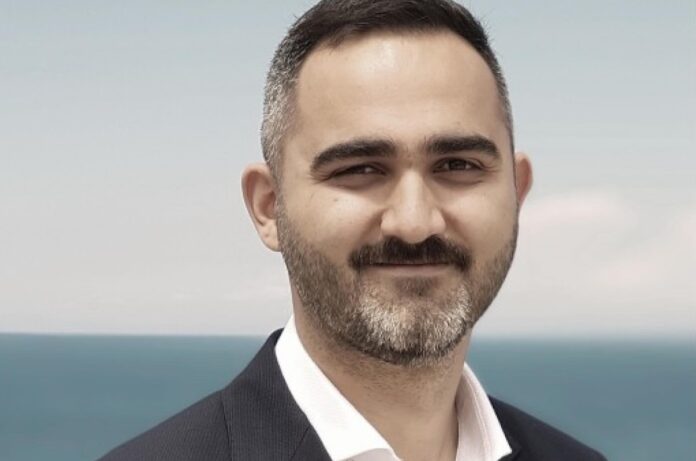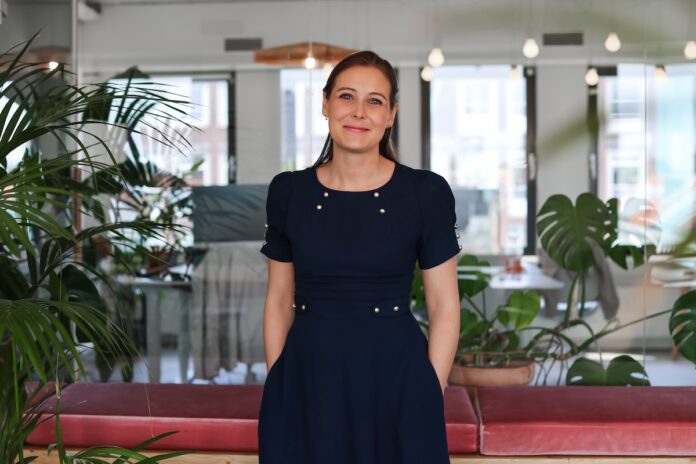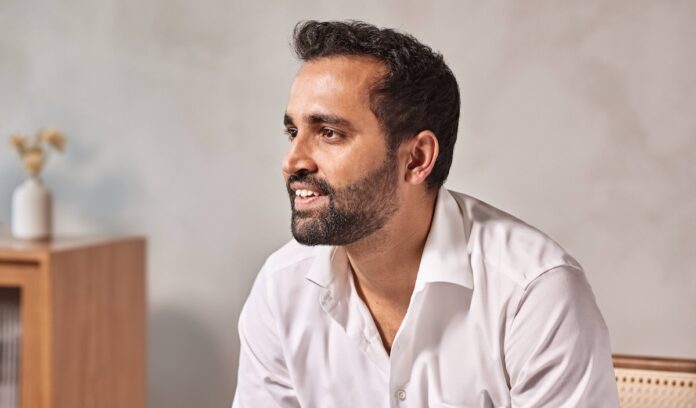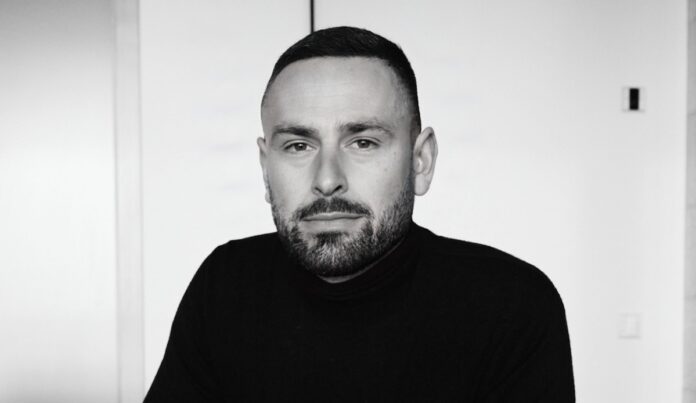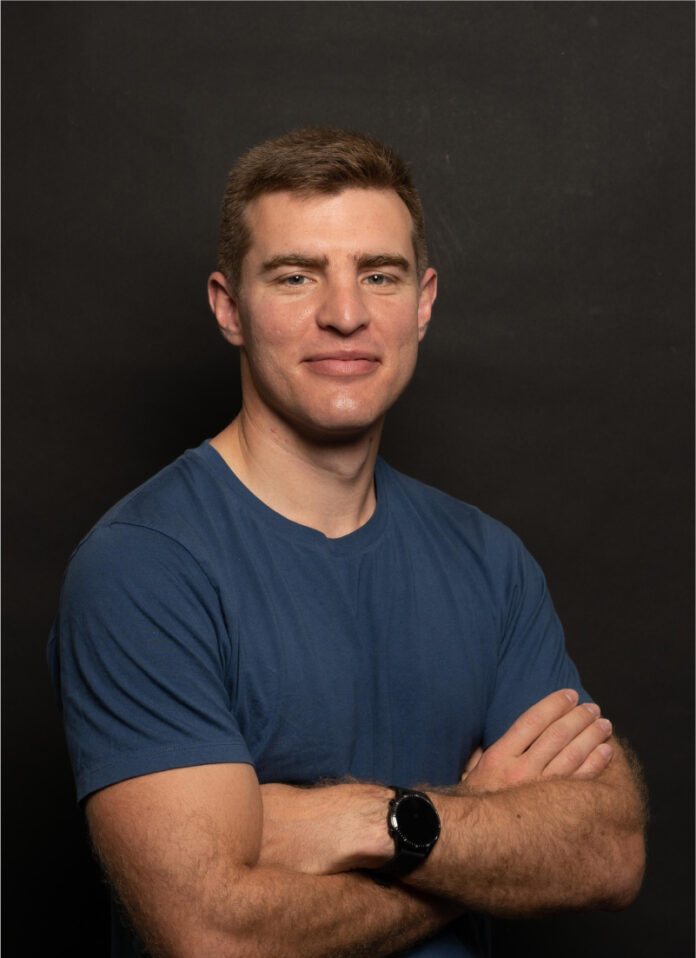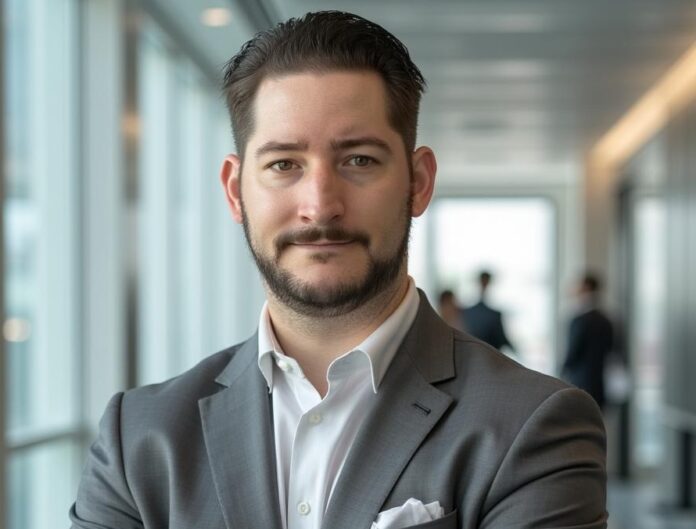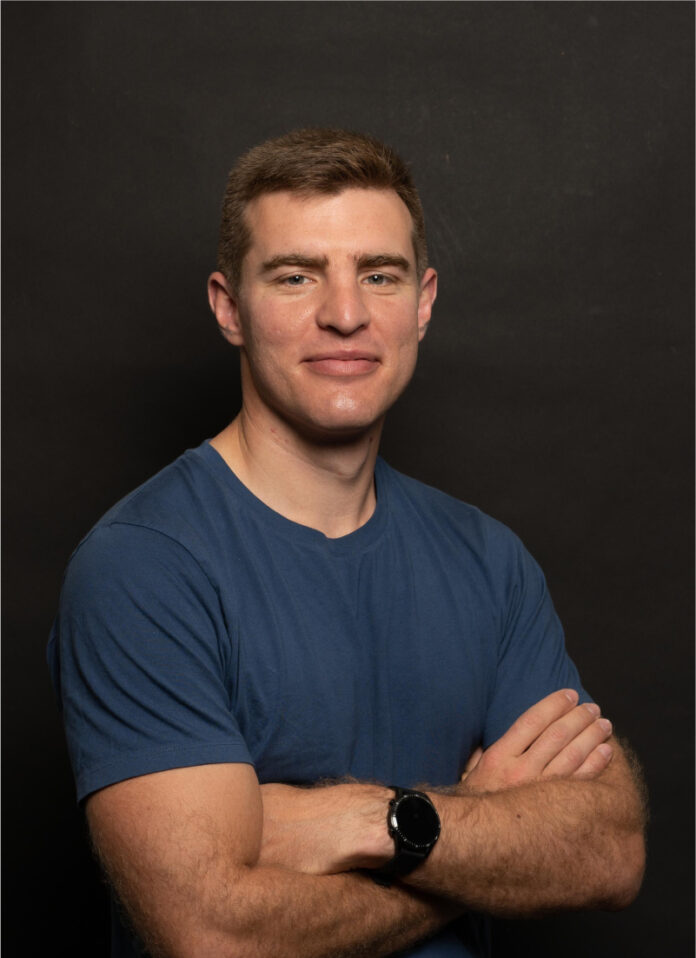Countly is a privacy-first analytics and customer experience platform that empowers organizations to fully own, control, and act on their data across digital channels without relying on third parties
Could you briefly introduce Countly and the people behind the company?
Countly is a privacy-first analytics and customer experience platform that helps organizations capture, analyze, and act on first-party data across mobile, web, and connected devices, all without handing that data over to third parties. It’s built on a simple idea: your data should stay yours.
Today, Countly is used by organizations of all sizes, from individual developers to global enterprises such as BMW and Coca-Cola. The platform is designed to scale from a single app to large, compliance-heavy environments, which is why we offer three editions: Lite, Flex, and Enterprise, giving every team the flexibility to decide how they host and control their data.
Our team is deliberately small, around 40 people, working remotely across multiple countries. We’ve stayed independent and bootstrapped, which keeps our focus on customers rather than investors and allows us to build for long-term stability, not short-term growth. That independence is still one of the things that defines us.
What was the initial vision for Countly and how close are you today to realizing it?
The idea for Countly started from frustration. Around 12 years ago, most analytics tools came with a catch: you could use them for free, but your data was collected and sold for advertising. That never sat right with me. I’ve always believed organizations should own their data, not give it away, so we built Countly as open-source and self-hosted from the very beginning.
That vision hasn’t changed, but what analytics means has evolved. Back then, it was mostly static reports like page views, user counts, and simple charts. Today it’s about action, how you use data to improve experiences, connect teams, and make better decisions in real time. That’s where Countly has grown, while the principle of ownership and privacy has stayed exactly the same.
Who exactly is your main target group and how do you make sure their needs are really understood?
We’ve always seen the strongest pull from industries where data privacy isn’t optional, such as banks, telcos, healthcare, and the government. They need to advance, but they can’t compromise on compliance or security. That’s where Countly makes sense. But it’s not just the big players anymore. The same complexity, with too many tools, fragmented teams, and disconnected data, is now showing up in SMEs. That’s why we created the different editions, allowing us to support everyone from a single developer to a global bank.
As for understanding needs, staying open has been key. Developers push us with feedback through the open-source version, and enterprises challenge us on scale and governance. Listening to both sides keeps us grounded and ensures we build what people actually need, not just what looks good in a roadmap.
What challenges do you face most often in the digital analytics market and how do you respond to them?
The biggest challenge is the noise. The market is full of tools promising “instant insights” or “AI-driven analytics,” but few of them solve the real problem of ownership and control. Many companies still don’t realize how much they’ve given away until it’s too late.
Another challenge is education. Privacy-first analytics can sound restrictive, but in reality, it opens new possibilities. It allows teams to go deeper, connect internal systems, and use their data safely. Our response has always been to show, not tell; to prove that capability and control can coexist.
In what way does Countly stand out from other analytics and engagement platforms?
Most analytics platforms treat data ownership as a feature. For us, it is the foundation. Countly was built so that teams never have to trade control for capability. You can deploy it anywhere, own your entire stack, and still get enterprise-grade analytics, engagement, and automation in one place.
Where others give you black-box systems, Countly gives you full visibility. You can inspect every process, enrich data from your own systems, and extend the platform with custom logic. That flexibility allows customers to do things that closed platforms simply cannot, like embedding analytics in their core infrastructure or powering personalization directly from their data pipelines.
How important is the combination of analytics and customer engagement in one tool for your customers?
It is essential. Without data ownership, engagement becomes guesswork. When analytics and engagement live on separate systems or on someone else’s servers, you lose both visibility and control over your decisions.
Countly brings them together in one secure environment. You can analyze behavior, segment users, and take action instantly, all within the same system. Every decision is driven by your own first-party data, processed and stored under your control. This combination gives teams the confidence to move fast without giving up privacy or compliance. It turns data into something you can act on instantly and trust completely.
Can you share some insights into how companies are using Countly in practice to improve their digital products?
Here are a few concrete examples.
A global bank uses Countly to run all mobile and web analytics inside its private cloud. They track conversion funnels, detect friction in onboarding, and trigger personalized in-app messages based on user behavior. All data stays within their environment to meet banking compliance rules.
An automotive company uses Countly to collect event data from connected vehicles worldwide. Their teams monitor feature usage, detect software issues, and send targeted updates to improve safety and performance.
A healthcare provider uses Countly to analyze how patients interact with digital services and identify accessibility issues. By connecting analytics with internal systems, they can improve experience and outcomes without exposing sensitive data to third parties.
Each of these organizations uses Countly not just to understand what users do but to respond intelligently within their own infrastructure in real time.
Looking ahead. What developments and product innovations can we expect from Countly?
The next phase of Countly is focused on adaptivity. Real time is part of that, but it is not the full picture. Our goal is to help products sense, learn, and respond to users continuously, powered entirely by first-party data.
Adaptivity means that applications can adjust themselves based on real behavior. It is about systems that learn from live data and make changes safely, without sending information outside or depending on external services. This allows companies to improve experiences while keeping privacy and control intact.
We are building the tools and infrastructure to close the loop between insight and action. That includes adaptive dashboards, self-updating insights, and automation that can adjust user experiences instantly within clear boundaries.
For years, analytics was something you looked at. Now it’s becoming something you work with. Countly’s role is to provide the foundation for that shift, turning static reports into adaptive systems that organizations actually own.
How do you see the balance between data privacy, user trust and advanced analytics evolving in the future?
Privacy and advanced analytics were once seen as opposites, but that mindset is changing fast. The future belongs to systems that build privacy in from the start, not bolt it on later.
User trust will be earned through transparency and control, and the companies that stand out will be those able to gain insight responsibly. Ultimately, those who personalize experiences while keeping ownership of their data will define what’s next.
What role does your team culture play in building and growing Countly?
Culture is everything for us. We’ve always believed small, focused teams can achieve more than large, layered ones. Our culture is direct, informal, and action-oriented. Everyone has ownership over their work, and we avoid unnecessary hierarchy.
Because we’re remote and independent, communication and trust matter more than process. People join Countly because they want to build meaningful software, not chase valuations. That shared mindset is what keeps us moving forward.
If you had to give three pieces of advice to other founders, what would they be?
First, build for substance, not hype. Trends fade, but good products last.
Second, keep your company small for as long as possible. Complexity grows faster than headcount.
Third, stay independent in your thinking, even if you raise money. Once you lose control of your direction, it’s very hard to get it back.
Where do you personally hope to see Countly in five years?
In five years, I’d like Countly to be less visible, not more. What I mean is that instead of being seen as a dashboard or a tool you log into, it should be the layer that quietly powers applications in real time. Our goal is for companies to deliver experiences that adapt to every user by default, without giving up data ownership or control.
If Countly can be the trusted engine behind that, then we’ve done our job. So, my hope isn’t about size or market share. It’s about becoming that invisible intelligence layer we’ve been talking about, something that helps organizations use their data in real time, responsibly, and in a way that truly belongs to them.
Picture Credit private
Thank you Onur Alp Soner for the Interview
Statements of the author and the interviewee do not necessarily represent the editors and the publisher opinion again.


